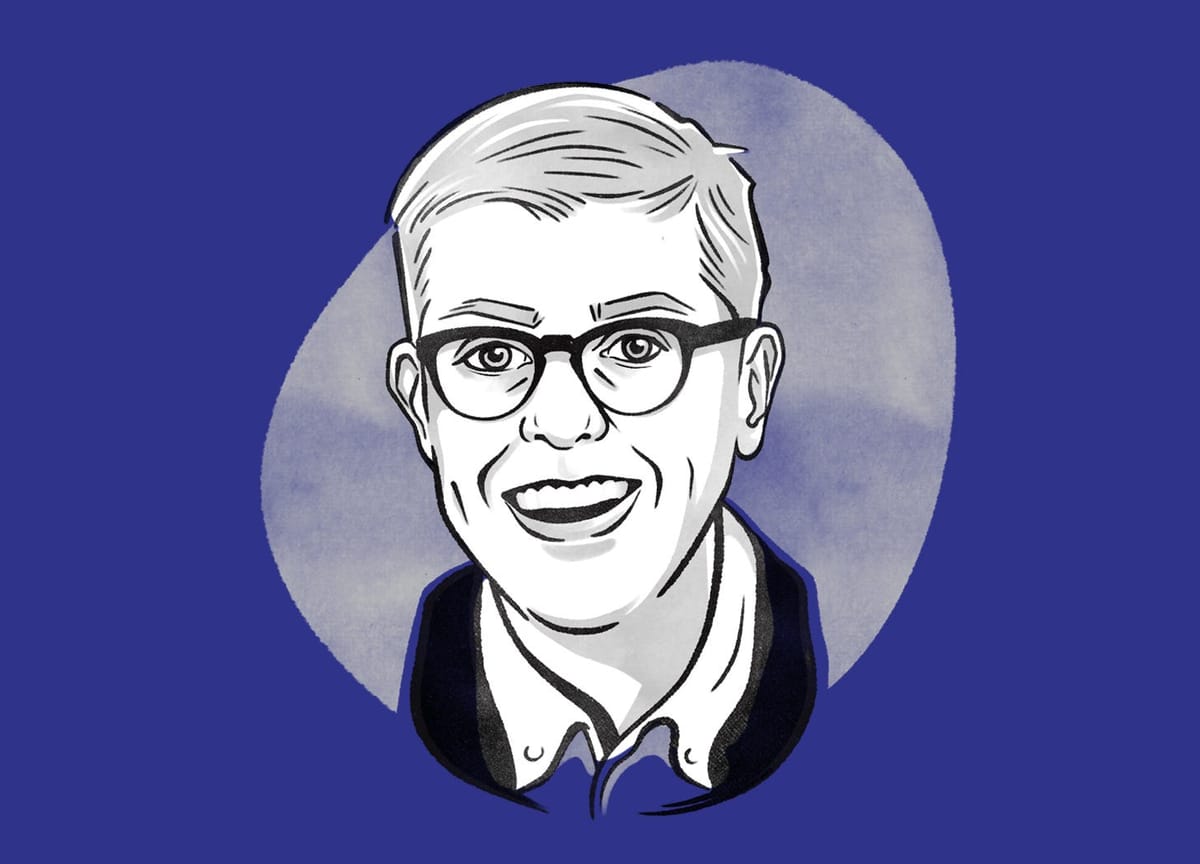Ambition and Joy
Why we’re launching a weekly publication

Dear friends,
I’m delighted to be making public my new role and starting the year with the first issue of an ambitious new media effort. Read on to learn what we’re planning and why.
Recently, some prominent liberal writers have cohered around what Derek Thompson of The Atlantic has called the “abundance agenda.” It’s a political and economic strategy focused on investment and growth as the keys to achieving its goals: what Thompson describes as “abundance of comfort, abundance of power, and abundance of time.” I’m sympathetic to this line of thinking, which has been championed by Ezra Klein, Evan Armstrong, Robinson Meyer, Noah Smith, and others. We at Frontier Magazine believe, however, that the key element that gets us from here to there is designing for joy. People change when they have more inspiring ways to do so, and creative insight and excitement are what sets this change in motion.
In this newsletter, we’ll argue that designing for joy makes everything better. Building a product or experience on strong social and environmental foundations is one (necessary) thing. Use design to ensure that it’s a joy to encounter or use and you’ll create both more and more loyal customers—and have a greater overall effect on the world. An easy shorthand for this is “Toyota vs. Tesla.” In the past decade, which brand has done more to usher in an age of electric mobility? Designing for joy is about making the right choice the better choice.
Through essays, interviews, book reviews, link roundups, and podcasts, we’ll tell stories about the organizations and people who get this, and the ideas and obsessions that give them (and us) purpose. You can think of Frontier Magazine as a business publication with an arts-and-humanities heart. This is partly because we’re published by Frontier, a creative studio in Toronto dedicated to designing big stories, and partly by virtue of my background. I come to my work writing this newsletter from a career in contemporary art and photography, where I worked as an editor (Artforum, Aperture), a writer, and a museum curator.
The magazine will focus on organizations and people working in the arts and culture, architecture and urban development, and technology sectors. There are so many perspectives that interest us in these realms: you will be as likely to find an interview with the curator of an exhibition about Indigenous ways of seeing as you will a conversation with the co-founder and CEO of a networking startup just before it announces an astonishing funding round. But it also means I can explore the topics that come up in conversations generated by this platform. So if an issue brings something to mind, hit reply, comment below, or share it on LinkedIn, Twitter, or Mastodon, where we’ll see it and respond.
Here at Frontier, we’re optimists. (Design is an act of optimism, so of course we’d say that.) As the investor and writer Morgan Housel has put it, “Saying you are optimistic does not mean you think everything will be flawless and great. It means you know there are going to be failures and problems and setbacks, but those are what motivates people to find a new solution or remove an error—and that is what you should be optimistic about.”
One subject we’ll cover regularly and about which we’re optimistic is sustainability. Here I’ll happily cede the microphone to Debbie Chachra, a materials scientist turned writer-researcher-educator who I had the pleasure of meeting last summer. I am stirred by her vision, so I’ll quote at length something she wrote last spring:
We finally have the tools we need to create something new and better—to transform our technological and infrastructural systems into ones that are resilient and sustainable, that open up new possibilities for how we can use and repurpose materials, and that, not incidentally, have the affordances to scaffold a more just, equitable society. We are living at the cusp of remaking ourselves from a primitive species that gets most of our energy from literally setting stuff on fire, and that just junks stuff when we’re done with it, into a species that fits harmoniously into a planet-wide ecosystem, that uses energy from the sun, harnesses it for use and to fabricate what we need to thrive, and then returns those materials to the common pool to be used and shared again.
She continues: “Building this future is what we get to do, together.” Frontier Magazine is an exercise in highlighting how that future is being built, right now, and making the case that designing for joy is the best way to get there. Thank you for following along as we share our enthusiasm about the healthier, more equitable, and outright more fun world to come.
Love all ways,
Brian Sholis





